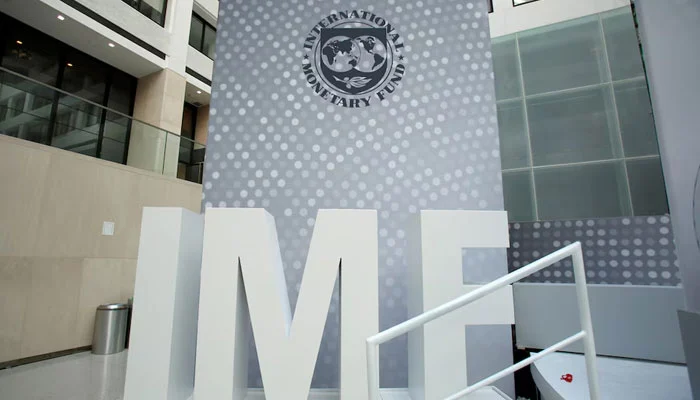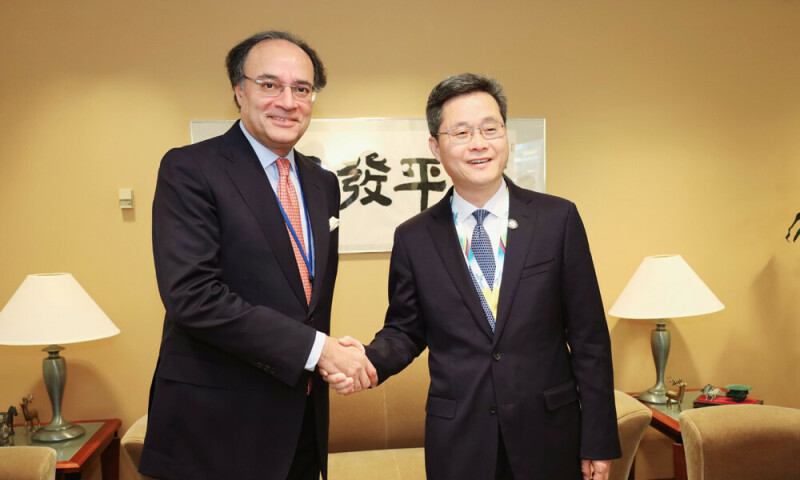Category: 3. Business
-

PMA Kakul holds passing out parade of cadets
RAWALPINDI – Passing Out parade of cadets of 149th PMA Long Course, 14th Mujahid Course, 68th Integrated Course and 23rd Lady Cadet Course was held at Pakistan Military Academy (PMA) Kakul on Saturday. 49 Cadets from friendly countries were also among the passed out cadets. General Sahir Shamshad Mirza, NI (M), Chairman Joint Chiefs of…
-

Pakistan spends one billion US$ on wheat import this year
ISLAMABAD: Pakistan imported one billion US dollars’ wheat in first nine months of the current financial year, citing PBS sources, ARY News reported on Saturday. The country has imported 3.4 million tonnes of wheat from July to March during the ongoing fiscal year, Pakistan Bureau of Statistics (PBS) sources said. The Economic Coordination Committee (ECC)…
-

Minimum bank statement for Italy Schengen visa from Pakistan April 2024
Italy is among the top five most visited countries in the world because of its fascinating culture, natural landscapes, artistic sites, and renowned cuisine. Travelers from Pakistan are required to get a short-term Schengen visa to enter Italy for tourism purposes. They can lodge the application for a Schengen visa at the Consulate of the country…
-

‘4G for All’ fundamental to Digital Pakistan vision: Asif Aziz
Prioritizing the provision of high-speed 4G to rural and semi-urban populations is imperative for realizing the Digital Pakistan vision, said Asif Aziz, Chief Business Officer at Jazz. On its part, Jazz has played a significant role in fostering 4G adoption in Pakistan, witnessing substantial growth over the past five years, he added. Currently, 90 percent…
-

Pakistan makes formal request to IMF for another bailout
Pakistan has formally requested the International Monetary Fund (IMF) for a new bailout package, aiming for a sum between $6 to $8 billion under the Extended Fund Facility (EFF). The potential inclusion of climate financing could augment this amount, as reported by The News on Saturday. However, the precise size and timeline of the bailout…
-

What will the Impact of Bitcoin Halving Be on Crypto Market?
Cryptocurrencies, particularly Bitcoin, are poised for a significant event as the Bitcoin halving process is scheduled to occur this week, potentially reshaping the dynamics of the crypto market. Bitcoin halving, occurring approximately every four years, is a fundamental process that alters the rate of new Bitcoin creation. This mechanism, introduced by Bitcoin’s creator, Satoshi Nakamoto,……
-

Auto loans plunge for twenty-first consecutive month in March
Auto loans in Pakistan plunged by 24.4% year-on-year to Rs239 billion in March, continuing a downward trend for the twenty-first consecutive month due to tightening consumer financing, according to data released by the State Bank of Pakistan (SBP). On a month-on-month basis, March saw a 1.4% decline in auto loans from Rs243 billion in February. …
-

Pakistan to launch Panda bonds in coming fiscal, says Aurangzeb – Markets
Federal Minister for Finance and Revenue, Muhammad Aurangzeb, said that Pakistan wanted to tap into the Chinese bond market and launch Panda bonds during FY 2025-26. As per the statement released by the Ministry of Finance, the remarks from the finance minister – on a trip to Washington to attend the spring meetings organized by…
-

Federal govt borrows Rs5.5trn from commercial banks in ten months
The federal government borrowed Rs5.5 trillion from commercial banks from July 1 to April 5, 2023-24, an increase from Rs2.95 billion in the corresponding period of the previous fiscal year, according to the State Bank of Pakistan (SBP). As per SBP data released on April 13, the government borrowed Rs657 billion in just the last…
-

Federal govt borrows Rs5.5trn from commercial banks in 10 months
The federal government borrowed Rs5.5 trillion from commercial banks from July 1 to April 5, 2023-24, an increase from Rs2.95 billion in the corresponding period of the previous fiscal year, according to the State Bank of Pakistan (SBP). As per SBP data released on April 13, the government borrowed Rs657 billion in just the last…